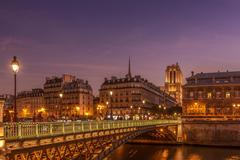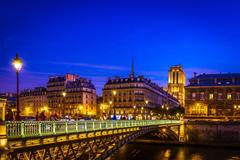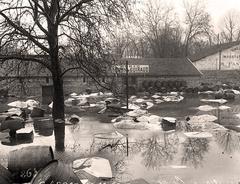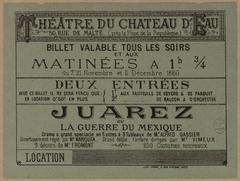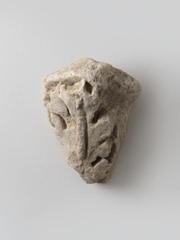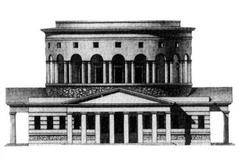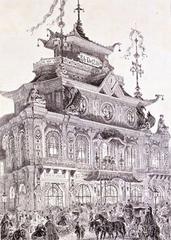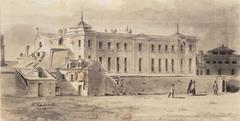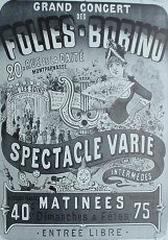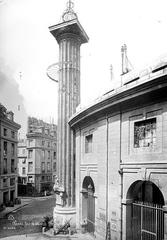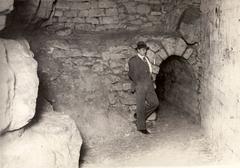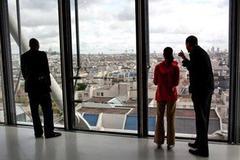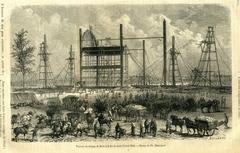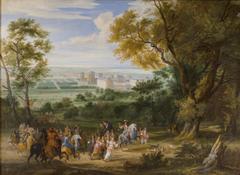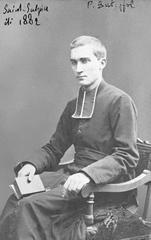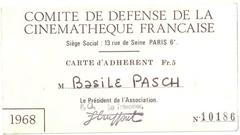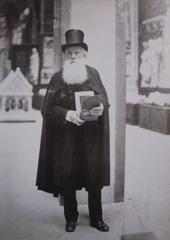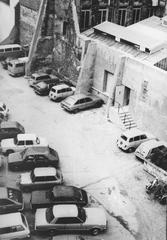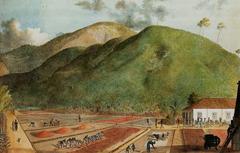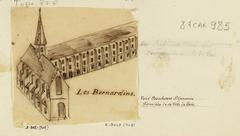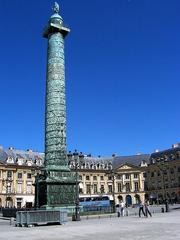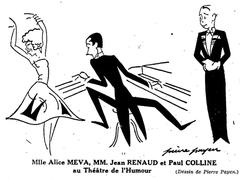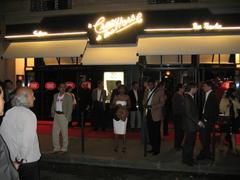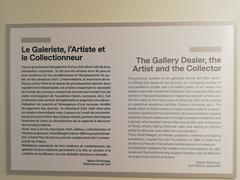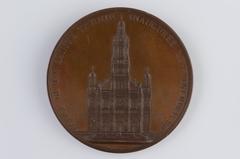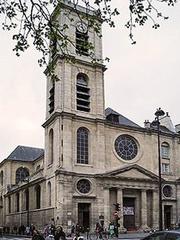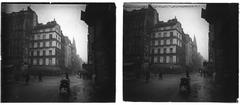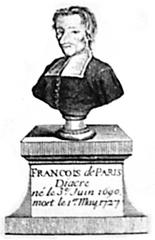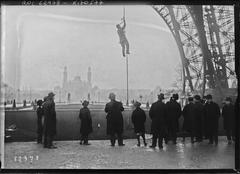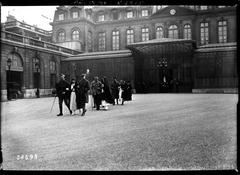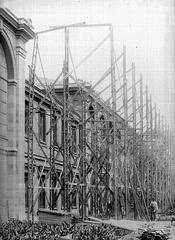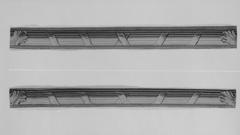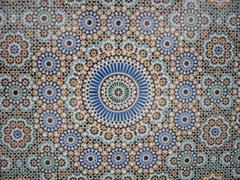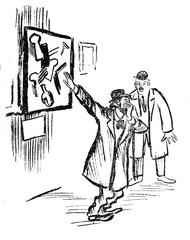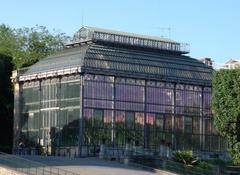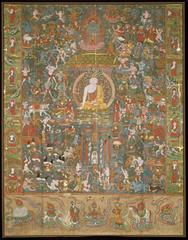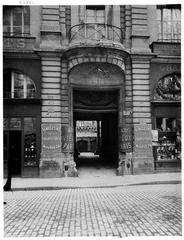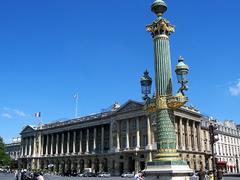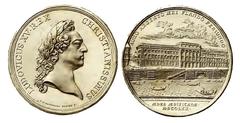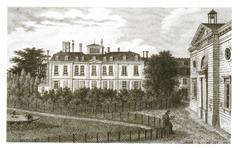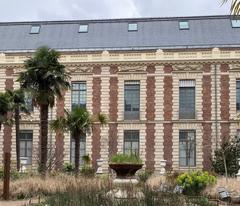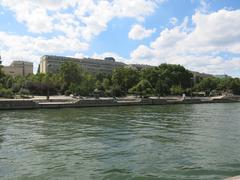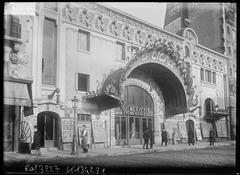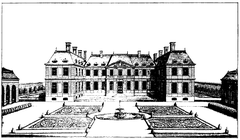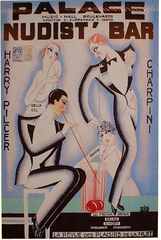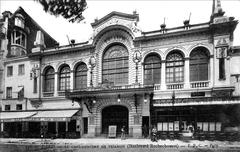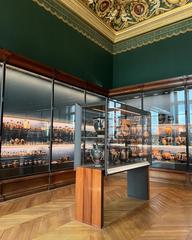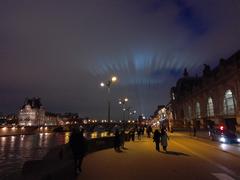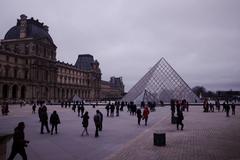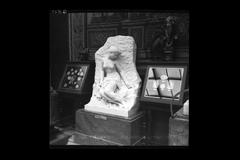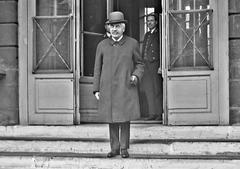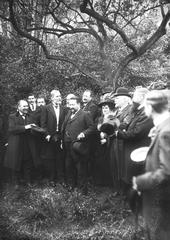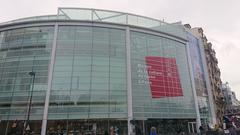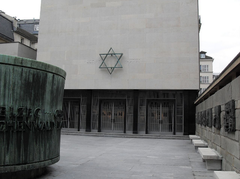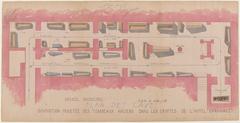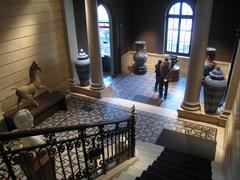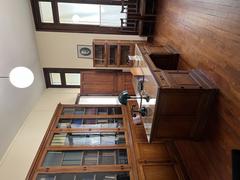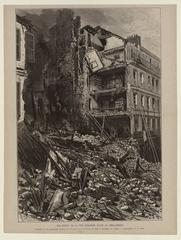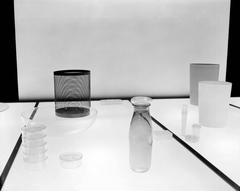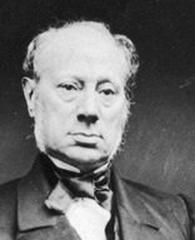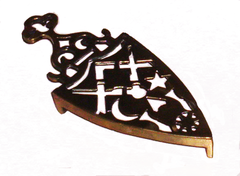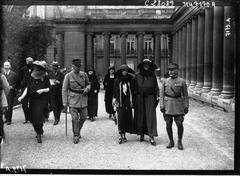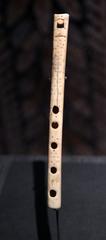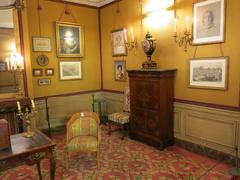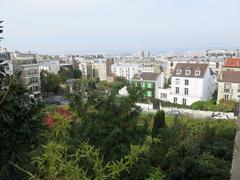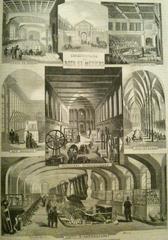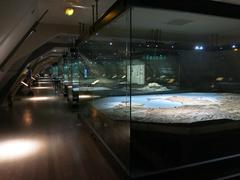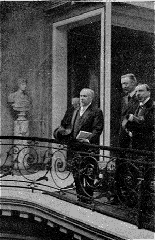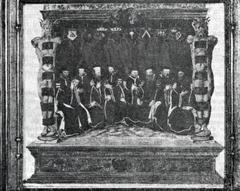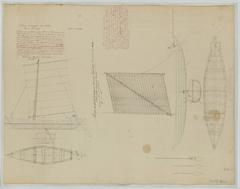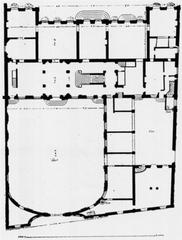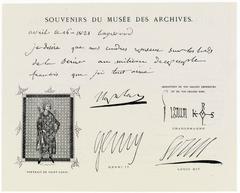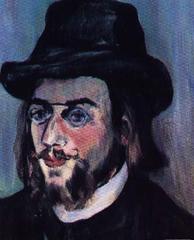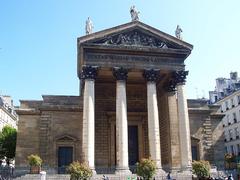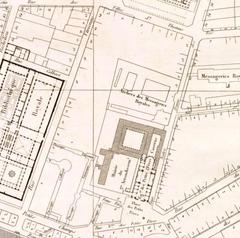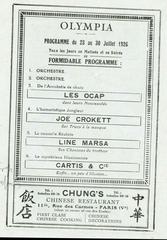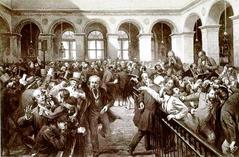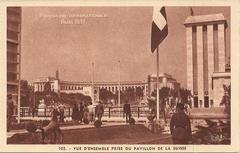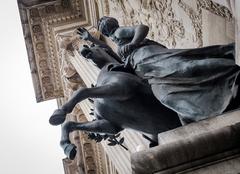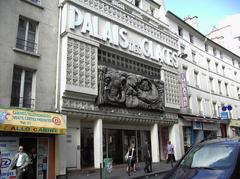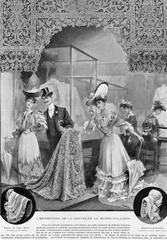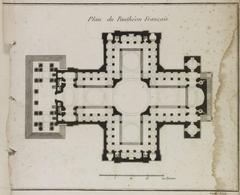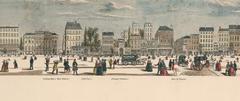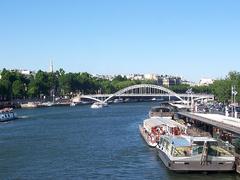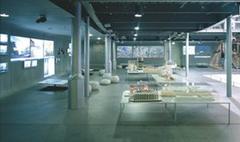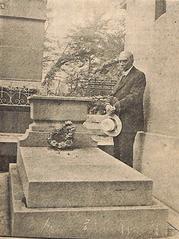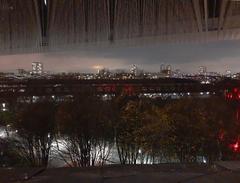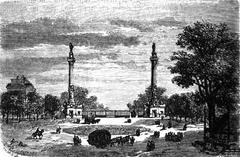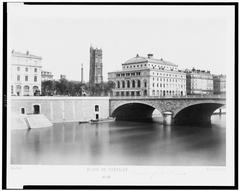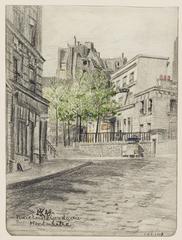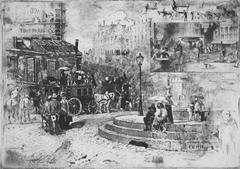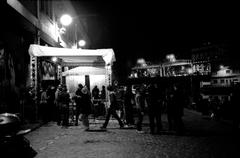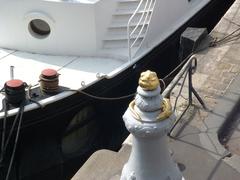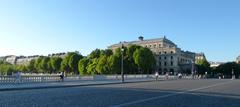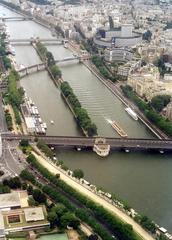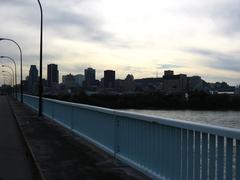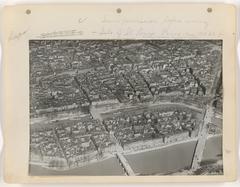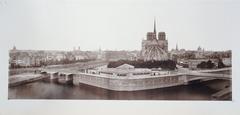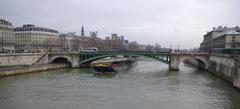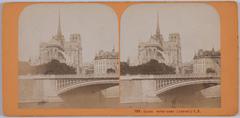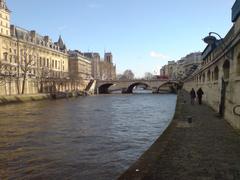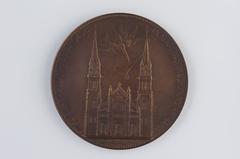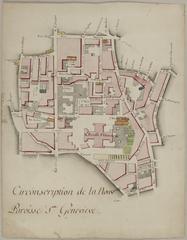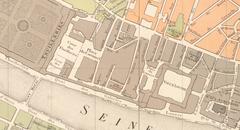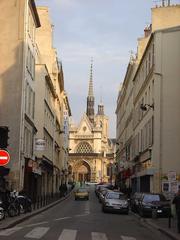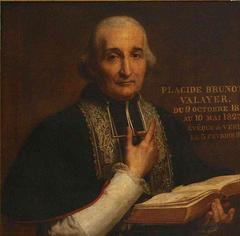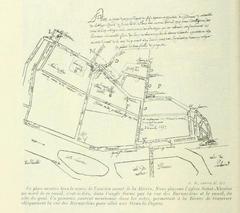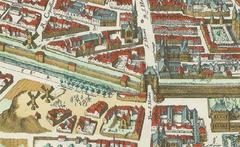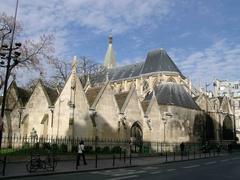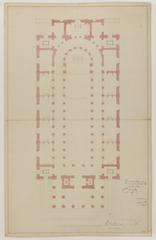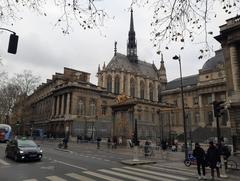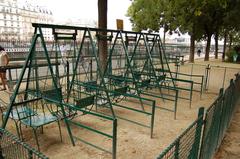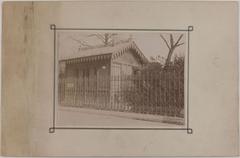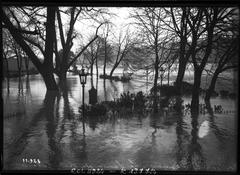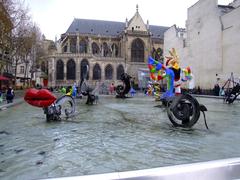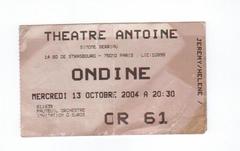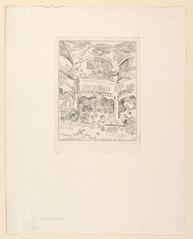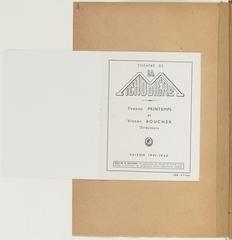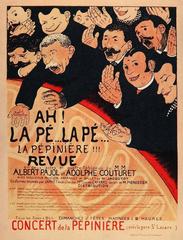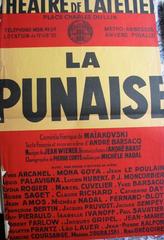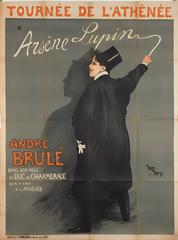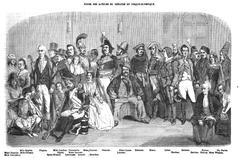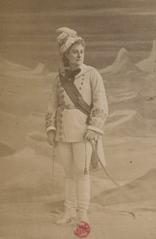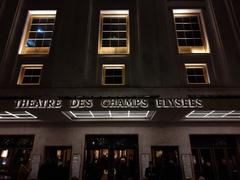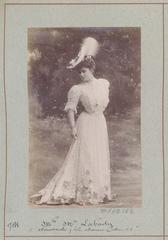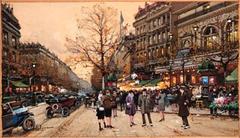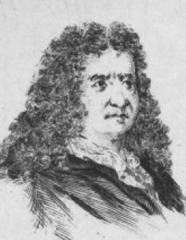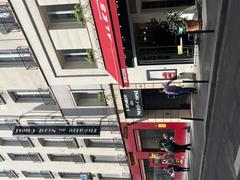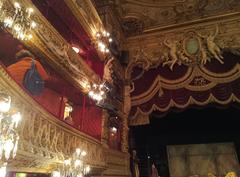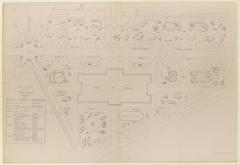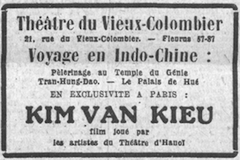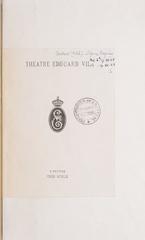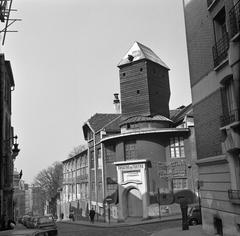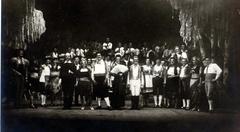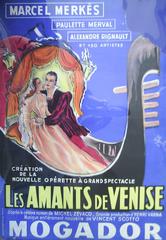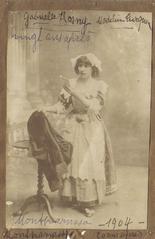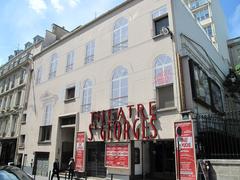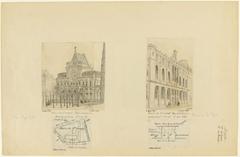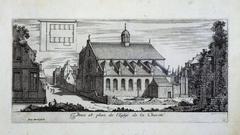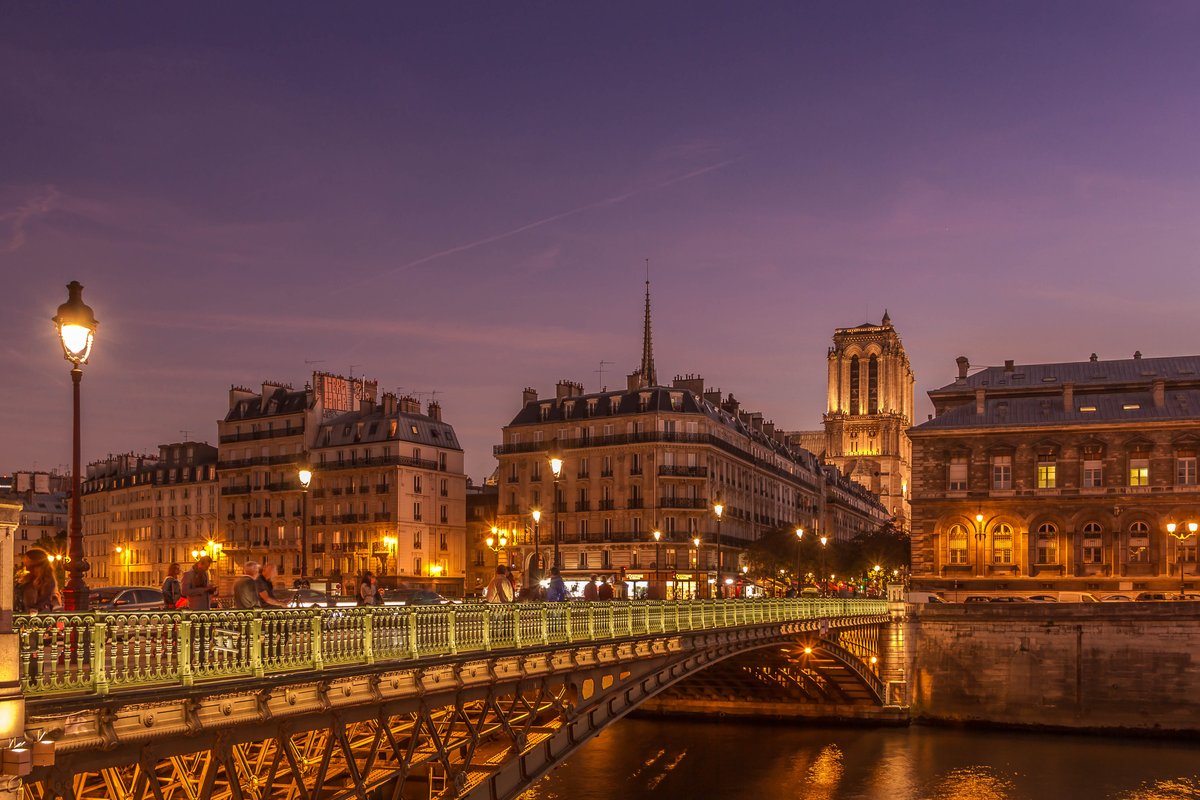
Visiting Pont d’Arcole: Hours, Tickets, and History in Paris
Date: 24/07/2024
Introduction
The Pont d’Arcole stands as a testament to Paris’s rich historical and cultural tapestry. This iconic bridge, connecting the Île de la Cité to the Right Bank of the Seine River, is not just a means of crossing the river but a symbol of architectural innovation and historical significance. The bridge, named after the Battle of Arcole, a significant victory for Napoleon Bonaparte in 1796, reflects the city’s resilience and evolution (Travel France Online). Initially constructed as a pedestrian suspension bridge in 1828, it was later redesigned in 1854 as a wrought iron arch bridge to accommodate the growing demands of the city. The Pont d’Arcole’s architectural style, blending Neoclassical and French Renaissance elements, showcases the engineering advancements of the 19th century (Parisian Bridges) (Structurae). Over the decades, this bridge has witnessed pivotal moments in French history, including the July Revolution of 1830 and the 1848 Revolution, cementing its role in the socio-political landscape of Paris (Revolutions of 1848). Today, the Pont d’Arcole continues to be a vital link in Paris’s transportation network and a beloved landmark for both locals and tourists. This comprehensive guide delves into its fascinating history, architectural significance, and practical visitor information to ensure a memorable visit to this iconic Parisian bridge.
Table of Contents
- [Introduction](#introductionintroduction)
- [Historical Background](#historical-backgroundhistorical-background)
- [Origins and Construction](#origins-and-constructionorigins-and-construction)
- [Reconstruction and Modernization](#reconstruction-and-modernizationreconstruction-and-modernization)
- [Architectural Significance](#architectural-significancearchitectural-significance)
- [Historical Events](#historical-eventshistorical-events)
- [Preservation and Maintenance](#preservation-and-maintenancepreservation-and-maintenance)
- [Cultural Impact](#cultural-impactcultural-impact)
- [Modern-Day Relevance](#modern-day-relevancemodern-day-relevance)
- [Visitor Information](#visitor-informationvisitor-information)
- [Visiting Hours](#visiting-hoursvisiting-hours)
- [Accessibility](#accessibilityaccessibility)
- [Guided Tours](#guided-toursguided-tours)
- [Photographic Spots](#photographic-spotsphotographic-spots)
- [Visitor Tips](#visitor-tipsvisitor-tips)
- [Best Time to Visit](#best-time-to-visitbest-time-to-visit)
- [Photography](#photographyphotography)
- [Nearby Attractions](#nearby-attractionsnearby-attractions)
- [Practical Information](#practical-informationpractical-information)
- [Location](#locationlocation)
- [Coordinates](#coordinatescoordinates)
- [Metro Access](#metro-accessmetro-access)
- [Conclusion](#conclusionconclusion)
- [FAQ](#faqfaq)
- [References](#referencesreferences)
Historical Background
Origins and Construction
The Pont d’Arcole was constructed in response to the growing need for a direct route between the Hôtel de Ville and the Île de la Cité. Named after the Battle of Arcole, a significant victory for Napoleon Bonaparte during the Italian campaign in 1796, the original structure was completed in 1828 as a pedestrian suspension bridge. Designed by engineers Nicolas-Joseph Mathieu and Marc Seguin, it employed innovative iron chains, a relatively new material at the time (Parisian Bridges).
Reconstruction and Modernization
By the mid-19th century, the original suspension bridge had deteriorated significantly, necessitating a complete reconstruction. In 1854, the bridge was rebuilt as a single-span arch bridge made of wrought iron, a material chosen for its durability and strength. This new design, engineered by Alphonse Oudry, was groundbreaking as it was one of the first iron bridges in Paris. The reconstruction was completed in 1856 and inaugurated by Emperor Napoleon III. The redesigned Pont d’Arcole was not only more robust but also wider, accommodating both pedestrian and vehicular traffic (Structurae).
Architectural Significance
The Pont d’Arcole’s architectural design is a testament to the engineering advancements of the 19th century. The single-span arch, measuring 80 meters in length, was an impressive feat at the time. The use of wrought iron allowed for a more slender and elegant structure compared to the bulkier stone bridges of earlier periods. The bridge’s design also incorporated aesthetic elements, such as decorative ironwork and stone abutments, which harmonized with the surrounding urban landscape. This blend of functionality and beauty has made the Pont d’Arcole a beloved landmark in Paris (Parisian Bridges).
Historical Events
The Pont d’Arcole has been a witness to numerous historical events in Paris. During the 1830 July Revolution, the bridge played a crucial role as a strategic crossing point for the revolutionaries. It was also a focal point during the 1848 Revolution, where it saw significant conflict and bloodshed. In more recent history, the bridge has been a site for various public demonstrations and celebrations, reflecting its continued importance in the social and political life of Paris (Revolutions of 1848).
Preservation and Maintenance
Maintaining the structural integrity and historical authenticity of the Pont d’Arcole has been a priority for the city of Paris. Over the years, the bridge has undergone several restoration projects to address wear and tear and to ensure safety. In the early 20th century, the bridge was reinforced with additional iron supports. More recently, in the 1990s, a comprehensive restoration project was undertaken to preserve the bridge’s historical features while upgrading its structural components to meet modern safety standards. These efforts have ensured that the Pont d’Arcole remains a functional and aesthetically pleasing part of Paris’s urban fabric (Parisian Infrastructure).
Cultural Impact
The Pont d’Arcole holds a special place in the cultural and artistic heritage of Paris. It has been featured in numerous works of art, literature, and film, symbolizing the romantic and revolutionary spirit of the city. The bridge’s picturesque setting, with views of the Notre-Dame Cathedral and the Seine River, has made it a favorite subject for painters and photographers. Additionally, its historical significance has been commemorated in various cultural events and exhibitions, highlighting its role in the city’s rich history (Cultural Paris).
Modern-Day Relevance
Today, the Pont d’Arcole continues to serve as a vital link in Paris’s transportation network, accommodating both pedestrian and vehicular traffic. It remains a popular spot for tourists and locals alike, offering stunning views of the Seine and the surrounding landmarks. The bridge’s historical and architectural significance, combined with its practical utility, ensures that it remains an enduring symbol of Paris’s past and present. As the city prepares for the 2024 Olympics, the Pont d’Arcole stands as a reminder of Paris’s ability to blend history with modernity (Paris 2024).
Visitor Information
Visiting Hours
The Pont d’Arcole is accessible 24 hours a day, seven days a week. There are no tickets required to visit the bridge itself, making it a free attraction for all visitors.
Accessibility
The bridge is easily accessible on foot from major attractions such as the Notre-Dame Cathedral and the Hôtel de Ville. It is well-connected by public transportation, with the nearest metro station being Hôtel de Ville (Lines 1 and 11).
Guided Tours
For a more immersive experience, consider joining a guided tour that includes the Pont d’Arcole and other nearby historical sites. These tours often provide deeper insights into the bridge’s history and significance.
Photographic Spots
The Pont d’Arcole offers stunning views of the Seine River, Notre-Dame Cathedral, and the iconic Parisian skyline. It is an excellent spot for photographers looking to capture the essence of Paris.
Visitor Tips
Best Time to Visit
The Pont d’Arcole offers stunning views of the Seine and the surrounding architecture. Early mornings or late afternoons are ideal times to visit to avoid the crowds and enjoy the serene beauty of the area.
Photography
The bridge provides excellent photo opportunities, especially with the Notre-Dame Cathedral in the background. Sunset and sunrise offer the best lighting for photography enthusiasts.
Nearby Attractions
While visiting the Pont d’Arcole, tourists can explore nearby attractions such as the Notre-Dame Cathedral, the Hôtel de Ville, and the Pompidou Centre. These landmarks are within walking distance and offer a deeper insight into Paris’s rich history and culture.
Practical Information
Location
The Pont d’Arcole is located between the Hôtel de Ville on the right bank and the Île de la Cité.
Coordinates
Latitude 48.855099, Longitude 2.350441 (Travel France Online).
Metro Access
The nearest metro station is Hôtel de Ville on lines 1 and 11.
Conclusion
The Pont d’Arcole is a historical and cultural monument that encapsulates the engineering prowess, cultural richness, and historical depth of Paris. Its enduring presence and continued relevance make it a must-visit for anyone exploring the City of Light. As you plan your visit, remember to check for any scheduled maintenance or closures, and take advantage of the bridge’s accessibility and stunning views (Parisian Bridges) (Travel France Online).
FAQ
What are the visiting hours for Pont d’Arcole?
The Pont d’Arcole is accessible 24 hours a day, seven days a week.
Is Pont d’Arcole accessible for tourists?
Yes, it is easily accessible on foot and well-connected by public transportation.
Do I need tickets to visit Pont d’Arcole?
No, visiting the bridge is free of charge.
Are there guided tours available?
Yes, several guided tours include the Pont d’Arcole and other nearby historical sites.
For more information on visiting Paris and its historical sites, download our mobile app Audiala, check out other related posts, or follow us on social media for updates.
